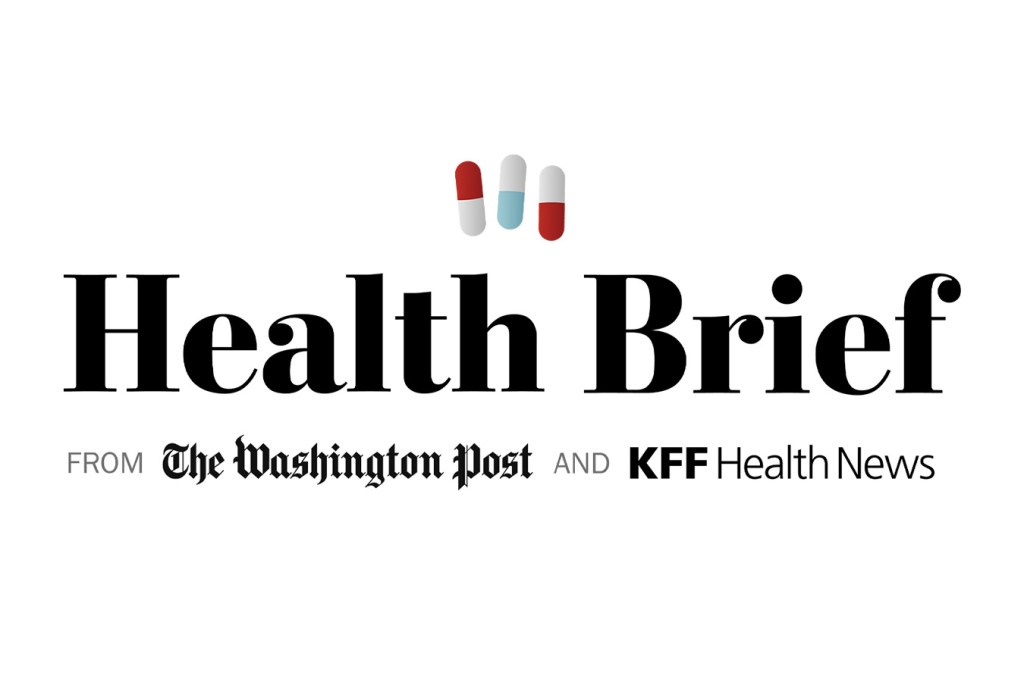It was expected that the past year and a half would be a fraught time for Medicaid, the workhorse of the nation’s health system, which covers more people than any other government health insurance program. In April 2023, states resumed screening people for Medicaid eligibility and terminating coverage for those they said no longer qualified Insurance, Medicaid, Health Brief KFF Health News
It was expected that the past year and a half would be a fraught time for Medicaid, the workhorse of the nation’s health system, which covers more people than any other government health insurance program.
In April 2023, states resumed screening people for Medicaid eligibility and terminating coverage for those they said no longer qualified or failed to renew, which had been prohibited under pandemic-era protections. Many health advocates feared the uninsured rate, which had just hit historic lows, would resurge.
But while more than 25 million Americans have lost Medicaid coverage during the Medicaid “unwinding,” many also gained coverage as more than a dozen states expanded health coverage for lower-income people, including children, pregnant women and incarcerated people. And early data shows the uninsured rate has risen only modestly.
The expansions will mitigate the effects of the unwinding, though it’s too early to know by how much.
“The pandemic was destructive and concerning and clearly demonstrated that Medicaid is so crucially important for our national safety net,” said Jennifer Babcock, senior vice president for Medicaid policy at the Association for Community Affiliated Plans, a trade group representing nonprofit health insurers that cover people on Medicaid. “These expansions are incredibly meaningful.”
The biggest expansion occurred in December, when North Carolina joined 39 other states and D.C. in widening Medicaid eligibility to include adults with incomes up to 138 percent of the federal poverty level, or $20,783 for an individual. More than 500,000 North Carolinians gained coverage.
Other expansions since spring 2023 include:
South Dakota, like North Carolina, expanded Medicaid coverage under the Affordable Care Act last year. About 22,000 people enrolled in the first eight months.
In July, Oregon launched a Medicaid-like coverage option for those who earn too much to qualify for Medicaid under federal limits. More than 50,000 people have enrolled so far, Oregon officials say.
In January, a new federal law required states to allow children under the age of 19 to stay covered under Medicaid or the related Children’s Health Insurance Program for at least a year after signing up. Several are going beyond that: New Mexico and Washington, for example, allow children to stay covered up to age 6. California passed legislation to expand continuous eligibility for children up to age 4 but has not yet implemented the policy.
Three states widened income eligibility for children to qualify for Medicaid: Arizona, Maine and North Dakota.
This year, Utah began offering a Medicaid-like coverage option for children regardless of immigration status, though the program is capped at about 2,000 children.
Several states expanded coverage for pregnant women, including Alabama and Maryland, which expanded eligibility to pregnant residents regardless of immigration status. And with changes in Maine, Oregon and Vermont, 46 states and D.C. now offer one year of postpartum coverage.
In June, five states — Illinois, Kentucky, Oregon, Utah and Vermont — received approval from the Biden administration to extend Medicaid coverage to incarcerated people up to 90 days before their release. Those states will join several others in offering that coverage.
This article is not available for syndication due to republishing restrictions. If you have questions about the availability of this or other content for republication, please contact NewsWeb@kff.org.
KFF Health News is a national newsroom that produces in-depth journalism about health issues and is one of the core operating programs at KFF—an independent source of health policy research, polling, and journalism. Learn more about KFF.
USE OUR CONTENT
This story can be republished for free (details).







